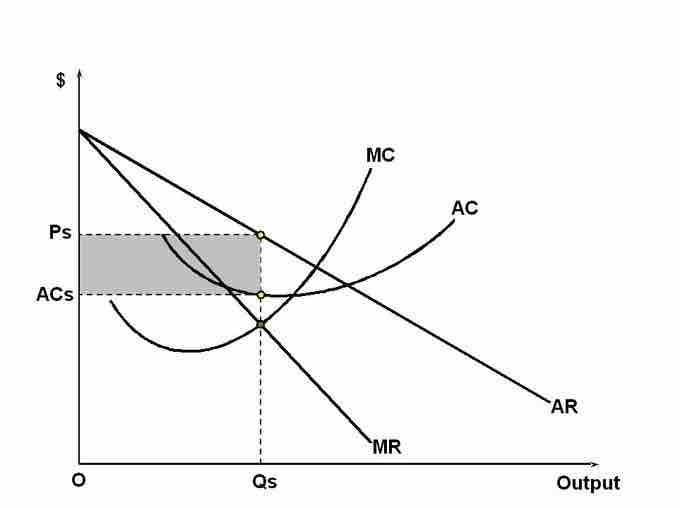In terms of production and supply, the "short run" is the time period when one factor of production is fixed in terms of costs while the other elements of production are variable. The most common example of this is the production of a good that requires a factory. If demand spikes, in the short run you will only be able to produce the amount of good that the capacity of the factory allows. This is because it takes a significant amount of time to either build or acquire a new factory. If demand for the good plummets you can cut production in the factory, but will still have to pay the costs of maintaining the factory and the associated rent or debt associated with acquiring the factory. You could sell the factory, but again that would take a significant amount of time. The "short run" is defined by how long it would take to alter that "fixed" aspect of production.
In the short run, a monopolistically competitive market is inefficient. It does not achieve allocative nor productive efficiency. Also, since a monopolistic competitive firm has powers over the market that are similar to a monopoly, its profit maximizing level of production will result in a net loss of consumer and producer surplus, creating deadweight loss.
Setting a Price and Determining Profit
Like monopolies, the suppliers in monopolistic competitive markets are price makers and will behave similarly in the short-run. Also like a monopoly, a monopolistic competitive firm will maximize its profits by producing goods to the point where its marginal revenues equals its marginal costs. The profit maximizing price of the good will be determined based on where the profit-maximizing quantity amount falls on the average revenue curve. The profit the firm makes is the the amount of the good produced multiplied by the difference between the price minus the average cost of producing the good. .

Short Run Equilibrium Under Monopolistic Competition.
As you can see from the chart, the firm will produce the quantity (Qs) where the marginal cost (MC) curve intersects with the marginal revenue (MR) curve. The price is set based on where the Qs falls on the average revenue (AR) curve. The profit the firm makes in the short term is represented by the grey rectangle, or the quantity produced multiplied by the difference between the price and the average cost of producing the good.
Since monopolistically competitive firms have market power, they will produce less and charge more than a firm would under perfect competition. This causes deadweight loss for society, but, from the producer's point of view, is desirable because it allows them to earn a profit and increase their producer surplus.
Because of the possibility of large profits in the short-run and relatively low barriers of entry in comparison to perfect markets, markets with monopolistic competition are very attractive to future entrants.